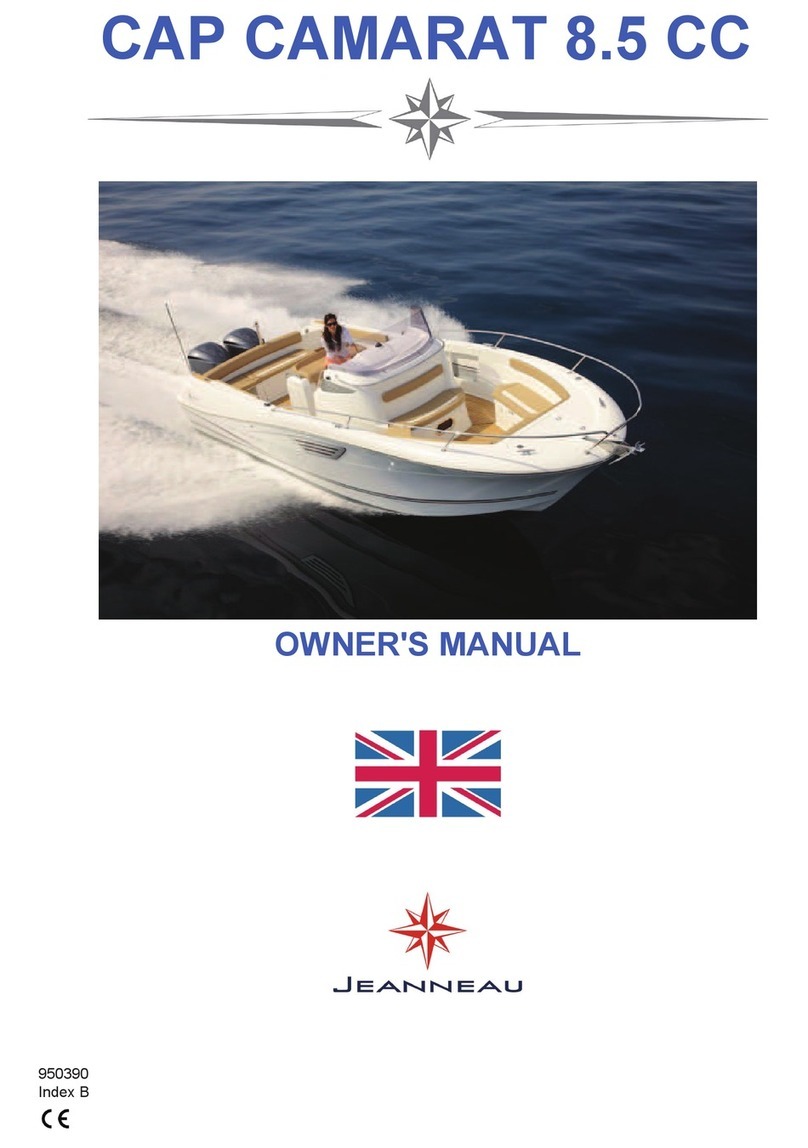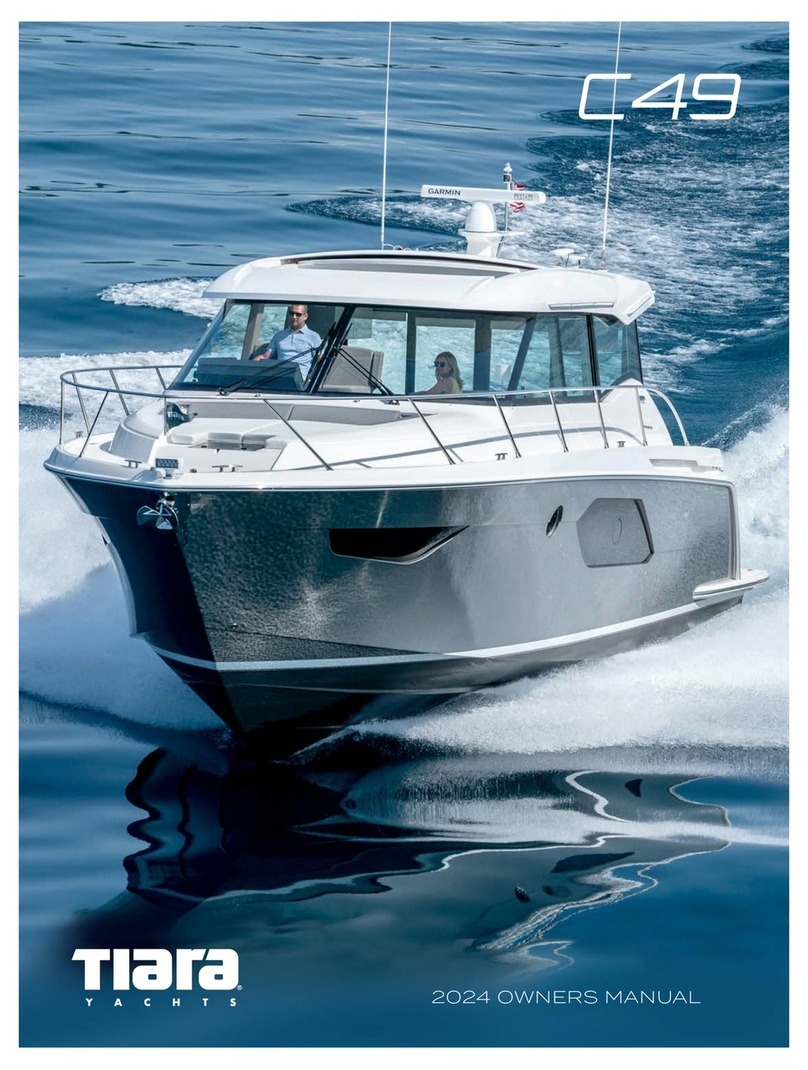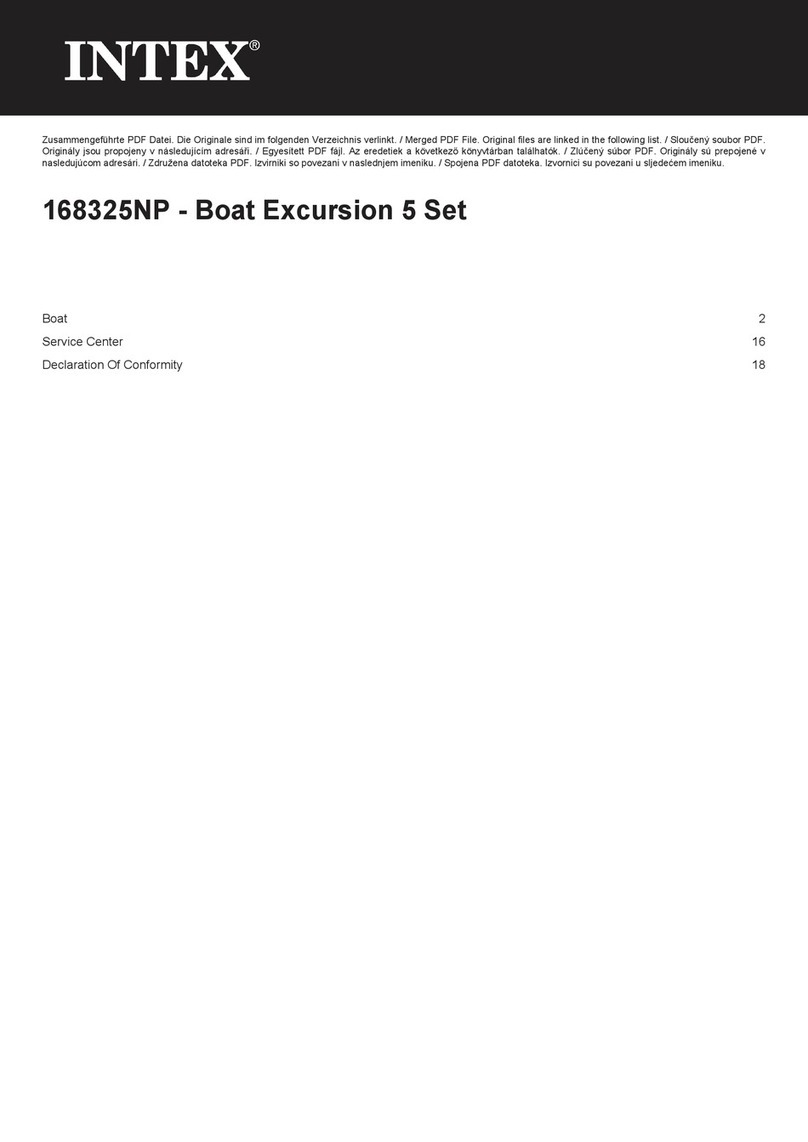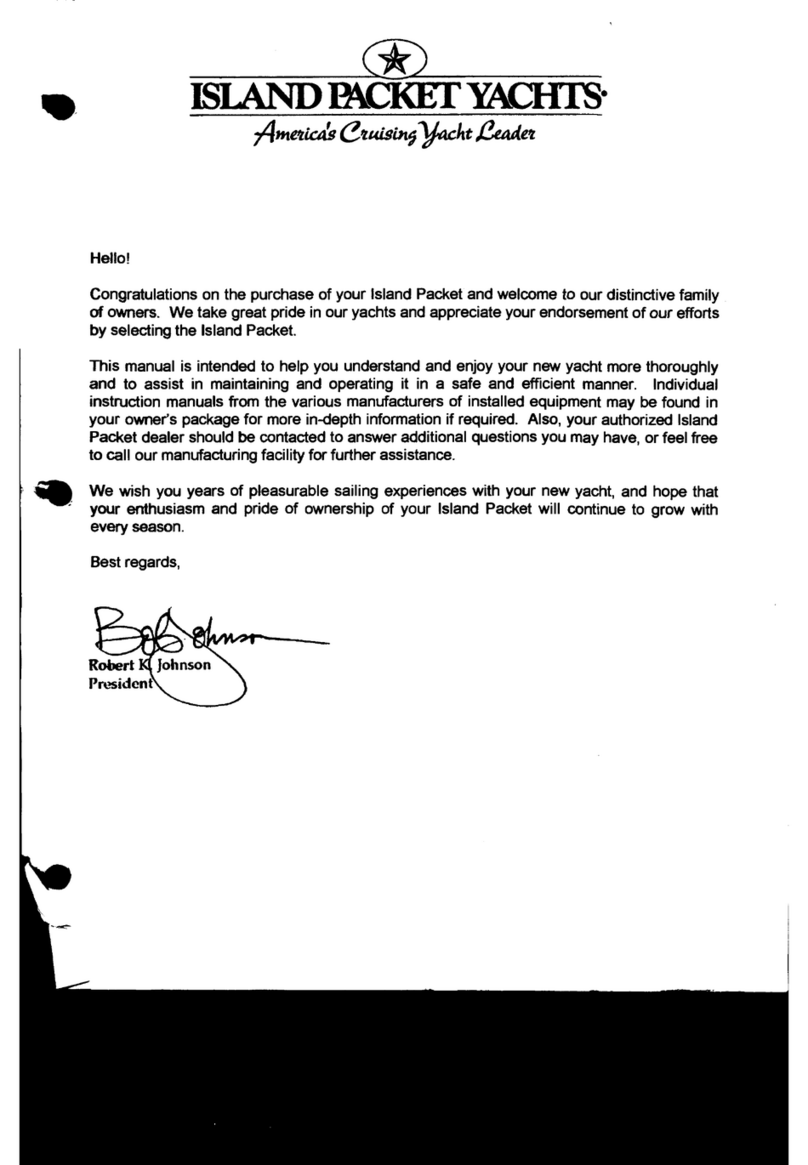
GRAUPNER GmbH & Co. KG D-73230 KIRCHHEIM/TECK GERMANY
Keine Haftung für Druckfehler. Technische Änderungen vorbehalten! 03/2008
Limitation by lapse of time
If we do not acknowledge the validity of a claim based on this declaration within the claim period, all
claims based on this declaration are barred by the statute of limitations after six months from the time
of implementation; however, this cannot occur before the end of the claim period.
Applicable law
This declaration, and the claims, rights and obligations arising from it, are based exclusively on the
pertinent German Law, without the norms of international private law, and excluding UN retail law.
Important safety notes
You have purchased a kit which can be assembled to produce a fully working RC model when fitted
out with the appropriate accessories. As manufacturers, we at GRAUPNER are not in a position to
influence the way you install, operate and maintain the model, nor the other components used in
connection with the model.
For this reason we are obliged to deny all liability for loss, damage or costs which are incurred due to
the incompetent or incorrect use and operation of our products, or which are connected with such
operation in any way. Unless otherwise prescribed by binding law, the obligation of the GRAUPNER
company to pay compensation, regardless of the legal argument employed, is excluded. This includes
personal injury, death, damage to buildings, loss of trade or turnover, interruption of business or other
indirect or direct damages which are caused by the operation of the model.
Under all circumstances and in all cases the company’s overall liability is limited to the amount which
you actually paid for this model.
The model is operated at the sole risk of the operator. To avoid injury to
persons and damage to property please handle your model boat carefully and
operate it conscientiously at all times.
Before you run the boat for the first time it is important to check that your private third party insurance
policy provides cover when you are operating model boats of this kind. If you are not sure, take out a
special insurance policy designed to cover the risks of RC modelling.
These safety notes are important, and must be kept in a safe place. If you ever dispose of the model,
be sure to pass them on to the new owner.
The following points are important and must be observed at all times:
•If this model is fitted with the suggested power system, it must never be forgotten that it is capable
of extremely high speeds, and that the rudder is only capable of providing minor course
corrections. For this reason the boat should only be run if you have access to an unobstructed
water course at least 300 m long. It may only be run once in the ‘out’ direction, and once in the
‘back’ direction - that must be the end of the run. If you neglect this warning, there is a risk that the
high currents which flow in the power circuit could damage the motor, the speed controller or the
drive battery. A second attempt must not be made until the equipment has had a chance to cool
down thoroughly.
If you are aiming at maximum speed, it is also essential to run the boat in good weather
conditions, i.e. flat-calm and totally smooth, clean water. Please bear in mind also that the world’s
records were established by a pro-standard operator with forty years of experience behind him.
We recommend that you carry out the initial test-runs using a low-pitch carbon propeller, to allow
yourself a chance to become properly conversant with the boat’s handling characteristics.
Please note that the model’s handling varies substantially according to the type of batteries you
use, i.e. NiMH packs or LiPo packs. The latter are much lighter, and therefore alter the model’s
Centre of Gravity considerably.
•This model is not suitable for children or young persons under 18 years of age. It is only
appropriate for competition boat operators with plenty of prior experience. This model is totally
unsuitable for modellers without such experience, and it would be completely foolhardy and
irresponsible for such persons to attempt to operate it!
•Please be aware of the potential hazards when using tools.
•You must never operate this boat when there are persons or animals in the water, otherwise there
is a serious risk of causing injury.
•The model’s extremely high speed makes it easily capable of sliding up sloping banks, and






















